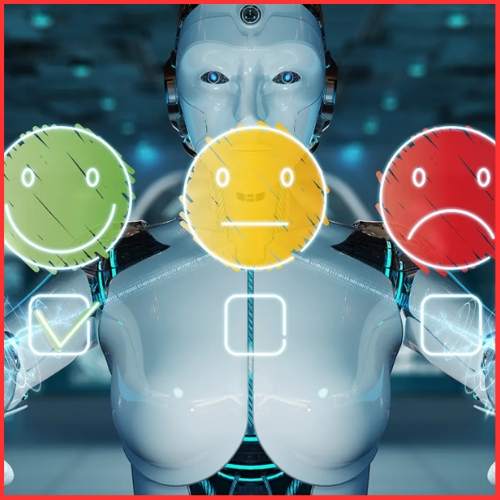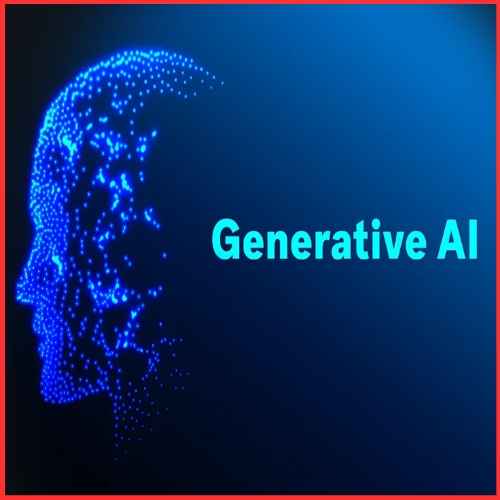IT automation has progressed from an idea to a process that provides enormous economic benefits. Companies, particularly those adopting the hybrid work paradigm, are discovering that technological resources, including intelligent infrastructure and automation, may assist boost productivity, acquire strategic value, and achieve higher ROI through streamlined procedures and lighter workloads. With this has come the realization that, in order to unlock maximum corporate value, Digital Transformation is a must.
Automation at scale could define organizational success in India, which is on the verge of the 5G revolution. At its most fundamental, automation refers to technology that enables computers to execute jobs or missions with minimal human intervention. Its primary premise is to liberate people from repetitive tasks, allowing the human intellect to be used more creatively.
Did you know that sales automation may increase staff productivity by 14% while lowering marketing expenditures by 12.2%? About 67% of marketing leaders use automation technologies in some way or another. Chatbot engagements with people in the banking sector, for example, are predicted to reach 90% by the end of this year.
What we are seeing today in terms of automation benefits is only the tip of the iceberg. It is a critical element in ensuring that 5G bandwidth is accessible for future self-driving cars and drones. Automation controls Internet of Things devices, which means that almost every device will have a microchip and will be capable of transmitting signals/data back and forth. Automation is also the king of network security – any cybersecurity expert will tell you that automation is the most potent technique for detecting and mitigating cyber-attacks.
IT automation’s benefits and what it can give through artificially intelligent operations, the ability to operate with an intelligent infrastructure, edge to core to cloud, and as-a-Service (XaaS) cannot be understated. The technologies that form the foundation of a successful IT automation plan include machine learning and other algorithms that can assist IT workers in being more productive, reducing risks, and forecasting future outcomes.
This is a significant change from the practice of outsourcing IT needs, which is riddled with difficulties such as communicating your company’s vision to a new group of people, the possibility of inaccurate cost estimates, selecting the correct vendor, and poor knowledge transfer. A difference in the work cultures of the two organizations could have an impact on communication.
There’s something for everyone.
While digital transformation and IT automation may appear to be all-encompassing activities, the truth is that depending on the stage of the organization, there is something in it for everyone. In general, there are six types of businesses based on their amount of automation.
We have no automation at Level 0, and all functions are driven only by manual processes. At level 1, the company operates using scripted and manual IT actions, with human involvement required for all operations. The next stage is partial automation, which is similar to level 1 in terms of reliance on people for inputs and interventions but uses rules-based decision-making processes to obtain results. The majority of businesses today are at levels 1 and 2 of automation.
The system operates as an independent entity and handles all activities without exceptions at the far end of level 5. The system will automatically take activities to line with organizational priorities, and it is expected to do so with or without human intervention. This is where the ultimate goal of automation lies and where all enterprises should try to reach.
Moving ahead
IT automation and Digital Transformation may rank among the top 10 IT buzzwords of the decade. If Digital Transformation, in which all processes are digitized, is the final objective, then IT automation is the most potent tool for achieving it.
However, digital transformation is not just making the supply chain, databases, hardware and software components digital. It must provide more value to the customer. The customer enterprise should expect improved management, consolidation of core operations, and strengthened USPs to generate more value.
Automation may help in a variety of ways, from freeing up time for developers to focus on more critical duties to improving worker safety in industries such as automotive and manufacturing. Automation is nearing a tipping point, thanks to significant advances in robots and artificial intelligence.
According to a June 2021 survey by global market intelligence firm IDC, developers spend only 16% of their time producing functional code, which is a critical component of their company’s Digital Transformation. The remaining 84% is spent on tedious manual, fragmented, and repetitive operations. This is what fundamentally needs to change. We estimate that when IT enters its own era of automation and standardization, developers might spend up to 75% of their time on procedures that directly impact Digital Transformation.
Understanding when to deploy IT skills is just as critical as knowing where to augment them. Dell Technologies has created a continuum framework for IT automation to assist make sense of the broad and diverse array of present and emerging technologies.
Dell believes that IT automation should not be viewed as replacing humans with machine intelligence. It is, in fact, the ideal mix of human and machine intelligence.














